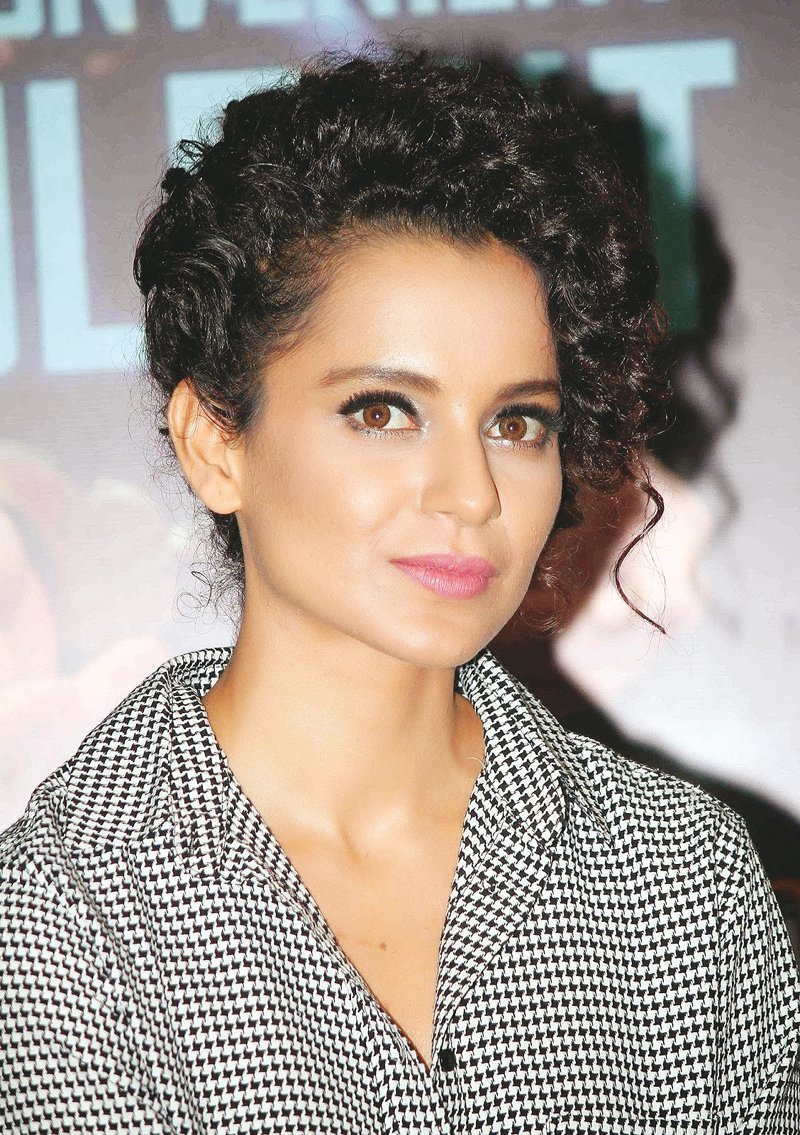An open letter: Kangna, please highlight the following aspects in your upcoming movie on EMERGENCY


Dear Kangana,
First of all I would like to thank and bless you from my heart for showing the fortitude to overcome the dominance of anti-national Jihadi, Talibanic forces in Bollywood and making a movie on the darkest chapter of Indian democracy whose sole intention was to destroy democracy, convert India to a single family dictatorship and eventually make India an Islamic Khalifate.
I don’t know what are you portraying. Hence, I would suggest you to include the following dark chapters (in case you have not) in your movie, so that people understand the deep rooted conspiracy to destroy democracy i.e. very soul behind the existence of our great nation.
First, setting of the stage for emergency:
Second, the emergency era:
Third, post-emergency:
It is hence important all the above aspects should be covered in your movie so that people know the truth which has been concealed so far.
With love from,
An Anti-Jihadi nationalist.
DISCLAIMER: The author is solely responsible for the views expressed in this article. The author carries the responsibility for citing and/or licensing of images utilized within the text.
